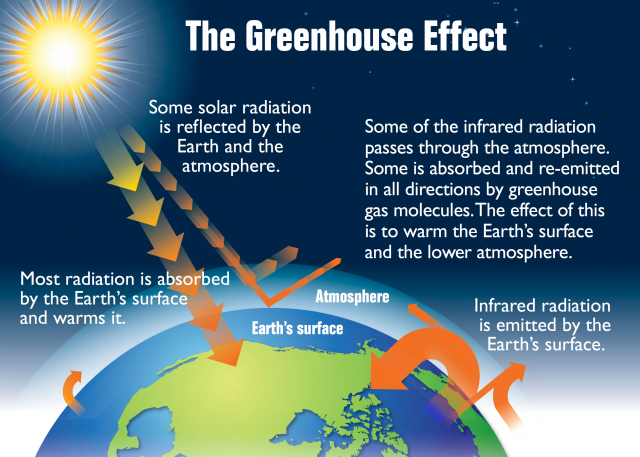Sickle cell anemia is a very well-known blood disorder that affects around 20 million people worldwide, making it a relatively rare disease, however, why does it occur? This is a very interesting topic that covers the big picture of the inheritance of genetic diseases and why it occurs! In this blog, we will be examining the mechanisms by which sickle cell disease occurs and examining why they lead to the pain people with this disease experience.
“Sickle cell disease”, or SCD is an umbrella term for inherited blood disorders concerning the protein hemoglobin. (cdc.gov) Sickle cell anemia is the most severe form of this disease (HbSS or SCA), containing an abnormal form of hemoglobin, labeled as hemoglobin “S”. This mutation is carried by both parents, increasing the severity of the parent disease and bringing forth the notorious “sickle” shape and rigidity to the red blood cells that are at the root of most complications affiliated with the disease. Some of these complications people with SCA face include episodes of chronic pain, delayed growth, vision problems, and a weakened immune system due to the constant blockage of blood flow in the vessels from the mutated cells.

Sickle cell anemia falls under the category of autosomal recessive diseases, meaning both parents are carriers (also known as heterozygous and noted with an “Ss” genotype) for a specific disease and give their offspring a twenty-five percent chance of obtaining its recessive gene. The genetic nature of this disease is what causes the abnormality to begin with. If an offspring contained this recessive gene, it would be found on chromosome 11 p15.5, which includes hereditary diseases caused by abnormal or insufficient production of hemoglobin. This aligns with the abnormal property that SCA hemoglobin has, validating its location in that specific chromosome.
The structure of the hemoglobin molecule includes two globin alpha chains and two globin beta chains, each containing around 150 amino acids for a total of about 600 in one molecule. During the process of protein synthesis, the base sequence of codon six, normally “GAG” in a non-mutated gene, would code for the hydrophilic glutamic acid as an amino acid. However, the hereditary mutation from the recessive “ss” gene means that there would forever be a substitution of the base thymine in place of adenine, coding “GTG”, or valine instead. This in turn causes a single point mutation and change in the sequence of the beta chains that directly correspond to the oxygen-carrying property of hemoglobin.

Although the nitrogenous base substitution only affected two out of the six hundred amino acids, the change in functional groups from the polar glutamic acid to nonpolar valine caused not only structural, but functional changes in the hemoglobin protein. This change in the beta chains disrupts the sequence of amino acids and causes the hemoglobin molecule to misfold and assemble into long, rod-like fibers that cannot adequately hold the same amount of oxygen as a regular, disk-shaped red blood cell. As a result, the hemoglobin is not able to perform its job in transferring oxygen throughout the body to the same extent, as it tends to clog arteries and blood flow while moving from one area to another as opposed to flexibly and effortlessly doing so.
In an attempt to compensate for the abnormality seen in the sickle cells, the frequency, demand, and amount of proteins focused on cell repairs increases. Examples include antibodies, which work to fight off the more recurring and severe illnesses due to damaged spleen, structural proteins focused on maintaining the cytoskeleton of the cell, and glycolytic enzymes focused on the production of ATP in an environment with minimal oxygen and constant cell death (anemia).

Using this new knowledge of abnormal hemoglobin, it can be determined that the majority of symptoms, for example, chronic pain, vision problems, delayed growth, and a weakened immune system, are due to the rod-like shape of the misfolded protein: blocking important arteries and impairing organs and oxygen storage.
______________________________________________________
Sources:
https://www.ncbi.nlm.nih.gov/pmc/articles/PMC3882043/
https://www.mayoclinic.org/diseases-conditions/sickle-cell-anemia/symptoms-causes/syc-20355876
https://www.mayoclinic.org/autosomal-recessive-inheritance-pattern/img-20007457#:~:text=To%20have%20an%20autosomal%20recessive,dominant%20gene)%20for%20the%20condition.
https://www.cdc.gov/ncbddd/sicklecell/facts.html
https://www.cancer.gov/publications/dictionaries/cancer-terms/def/hemoglobin
https://www.ncbi.nlm.nih.gov/books/NBK22238/#:~:text=SCA%20is%20an%20autosomal%20recessive,5.
https://www.genome.gov/Genetic-Disorders/Sickle-Cell-Disease
https://www.nih.gov/news-events/nih-research-matters/fixing-sickle-cell-disease-gene
https://www.mayoclinic.org/autosomal-recessive-inheritance-pattern/img-20007457#:~:text=To%20have%20an%20autosomal%20recessive,dominant%20gene)%20for%20the%20condition.
https://www.ncbi.nlm.nih.gov/pmc/articles/PMC3068560/












